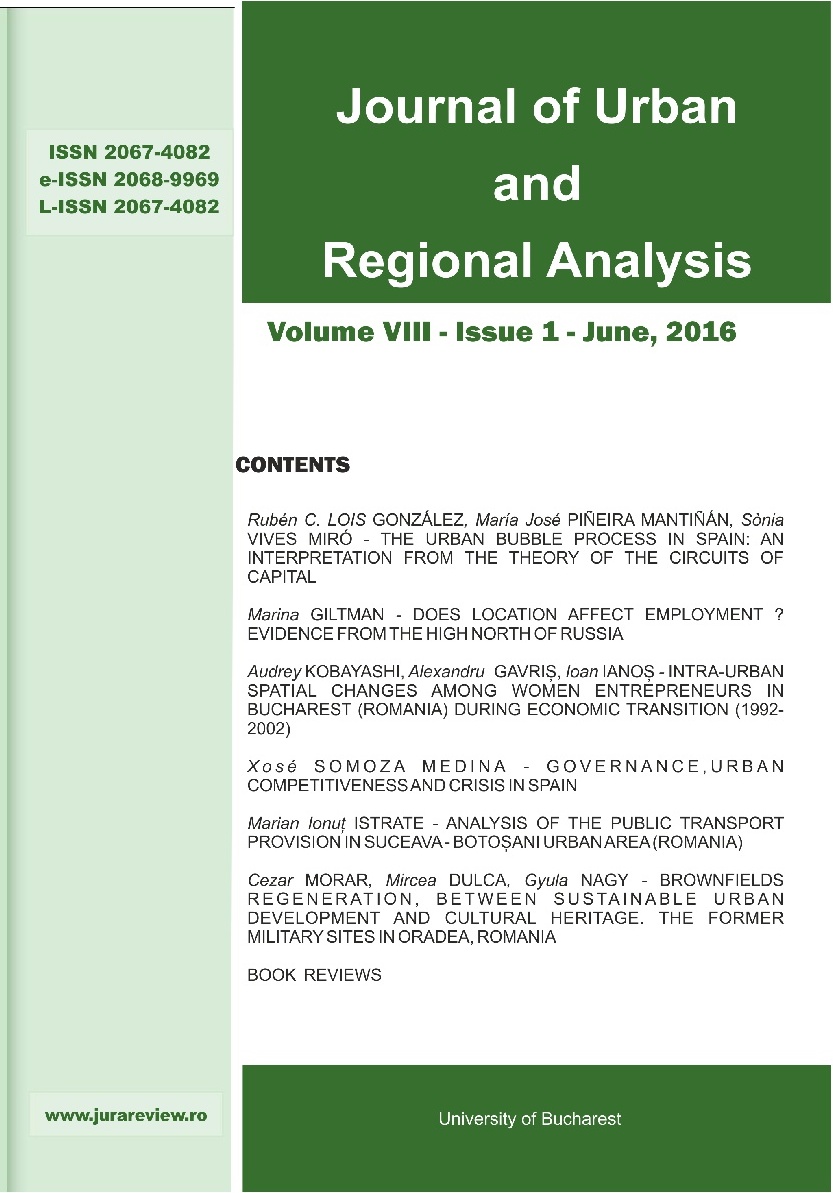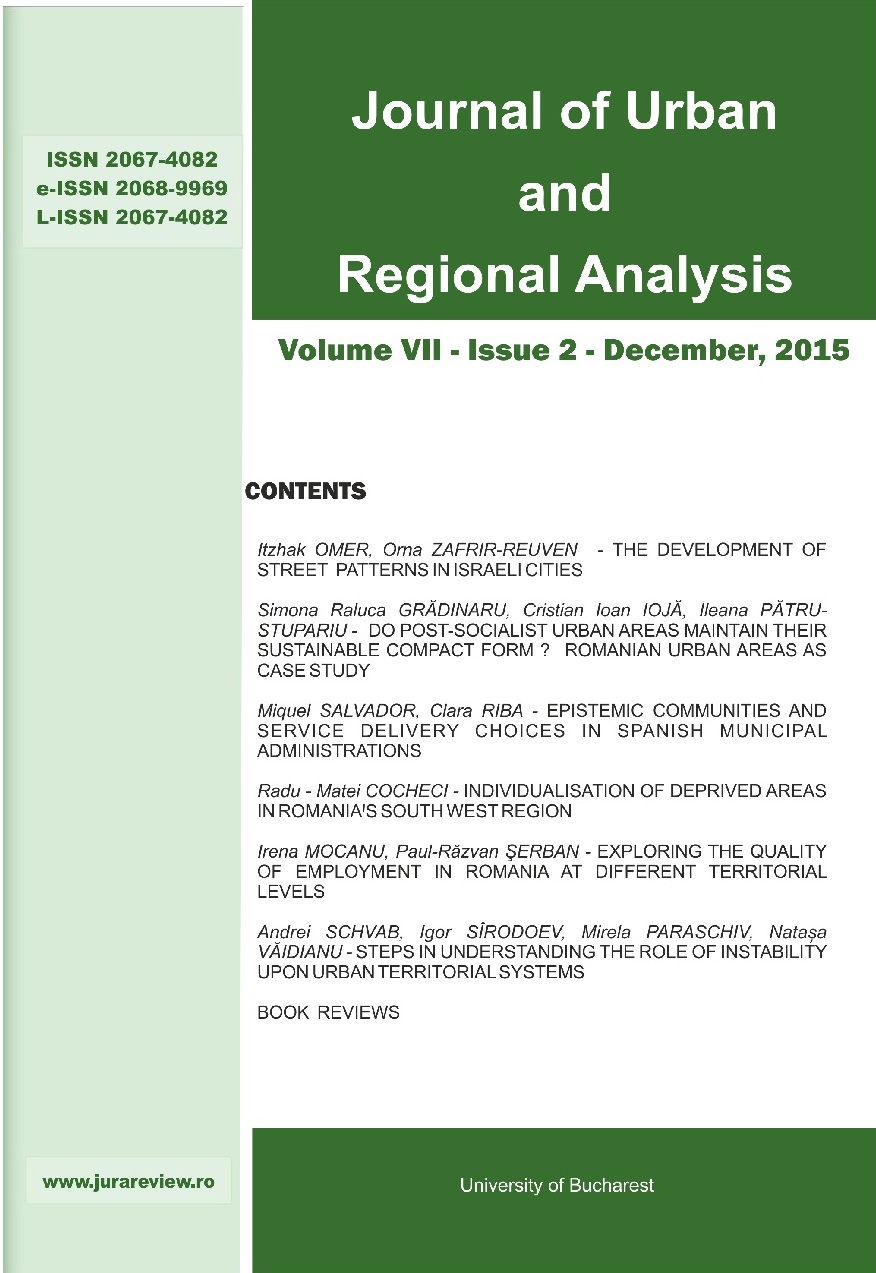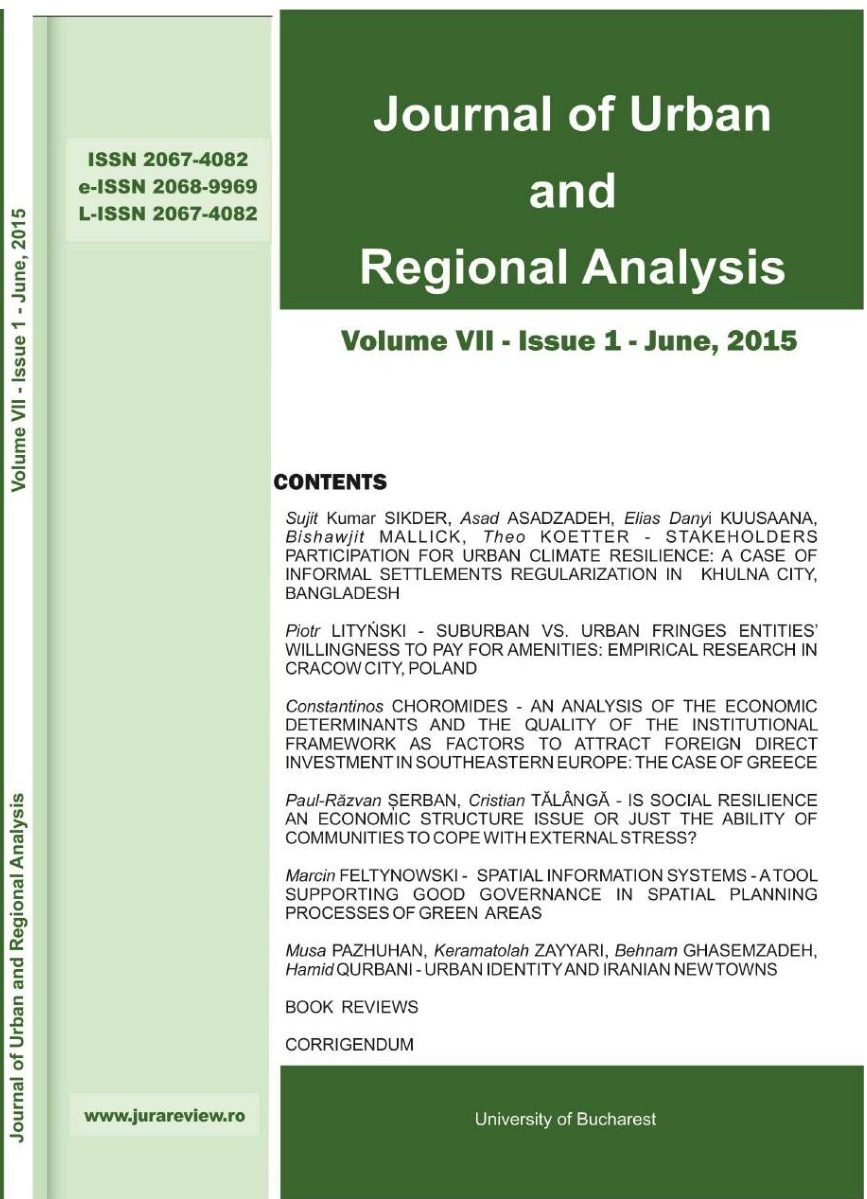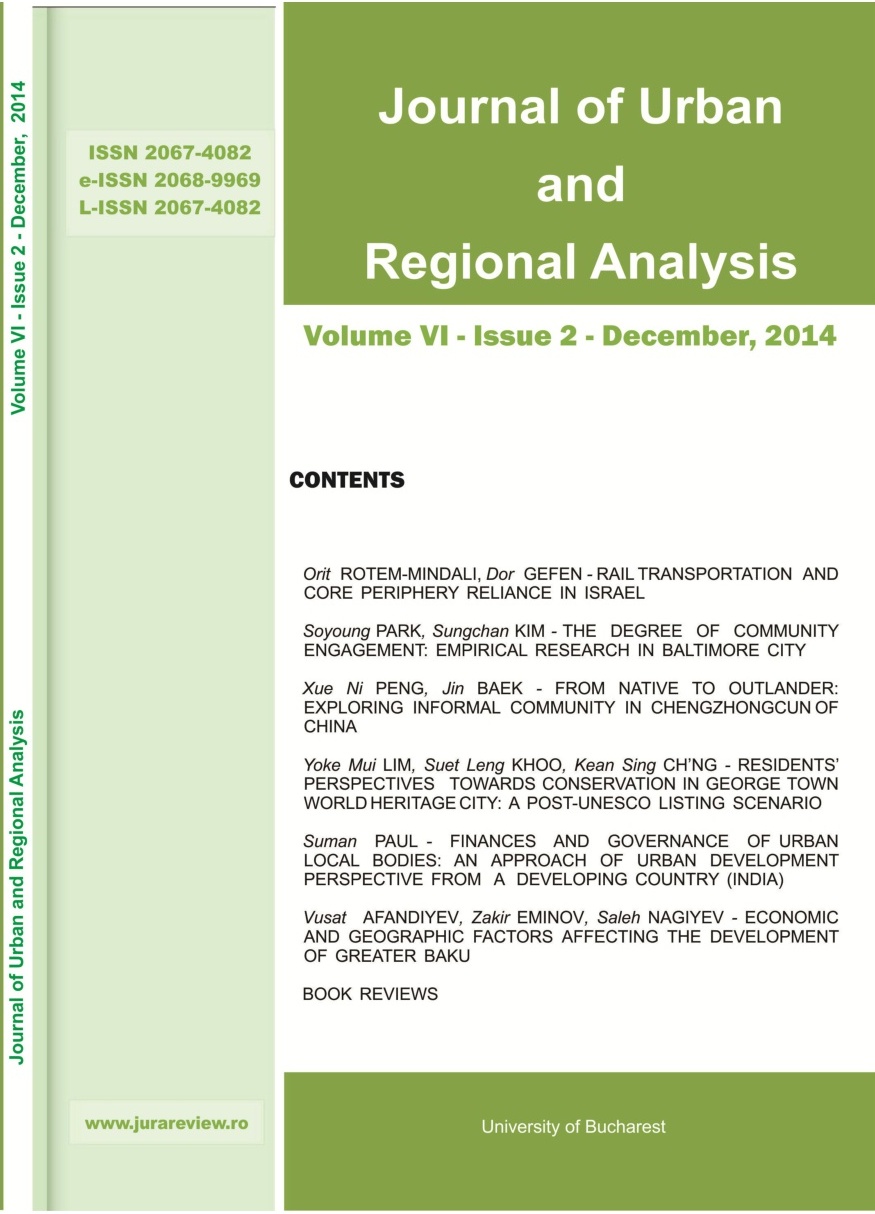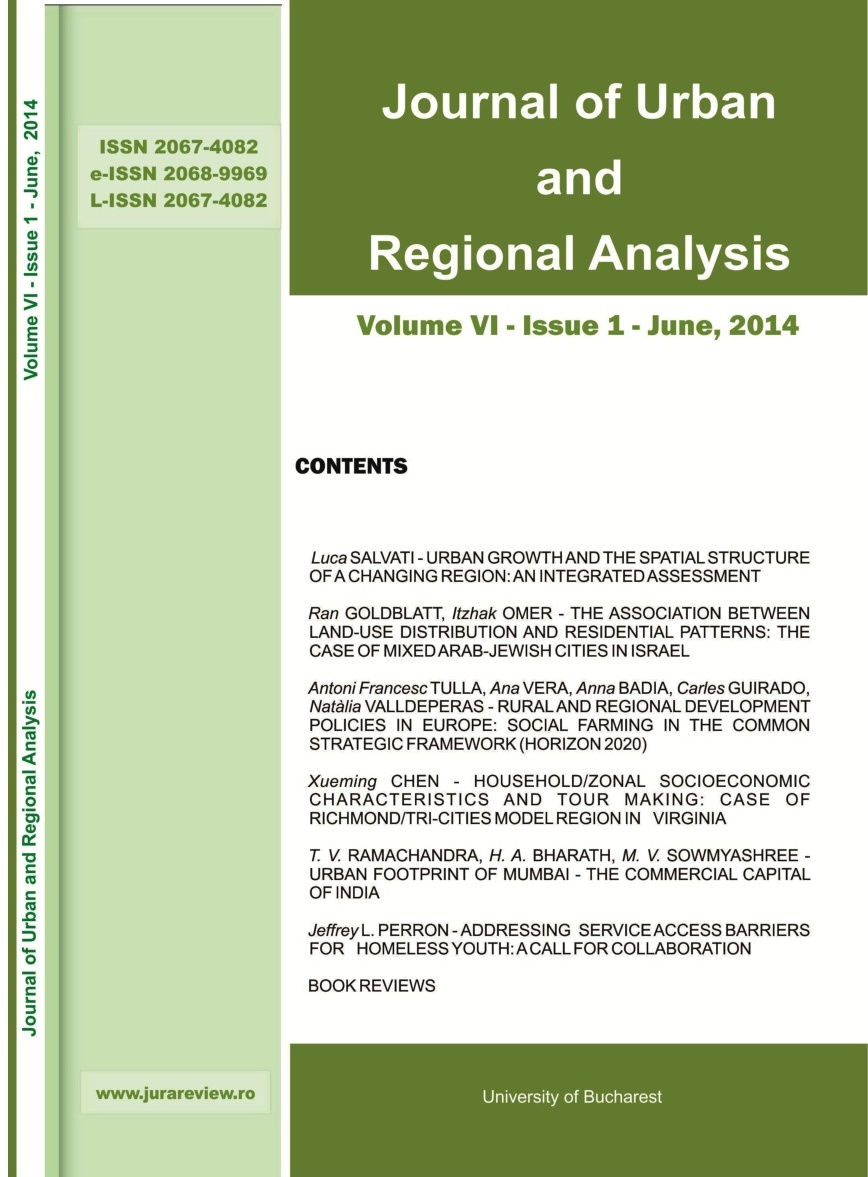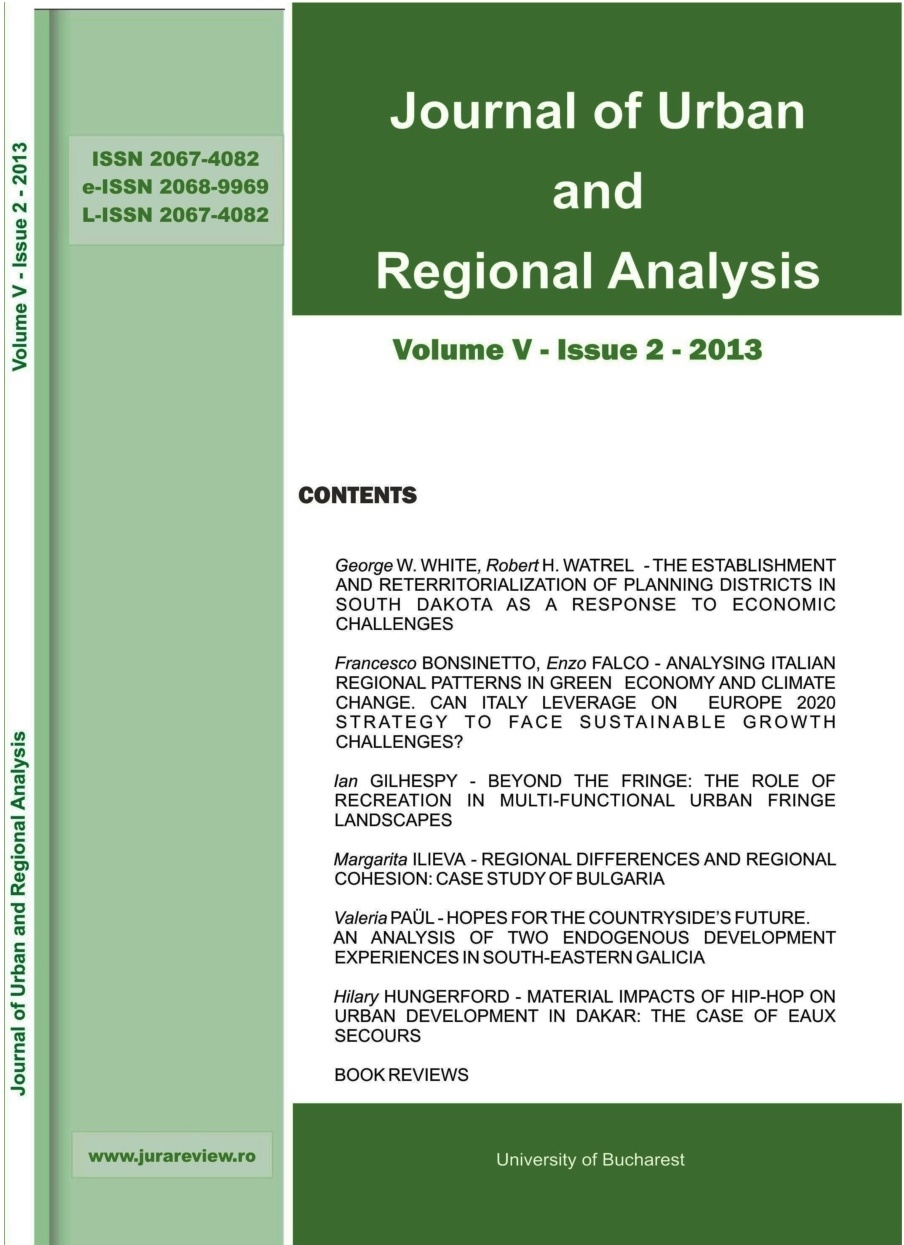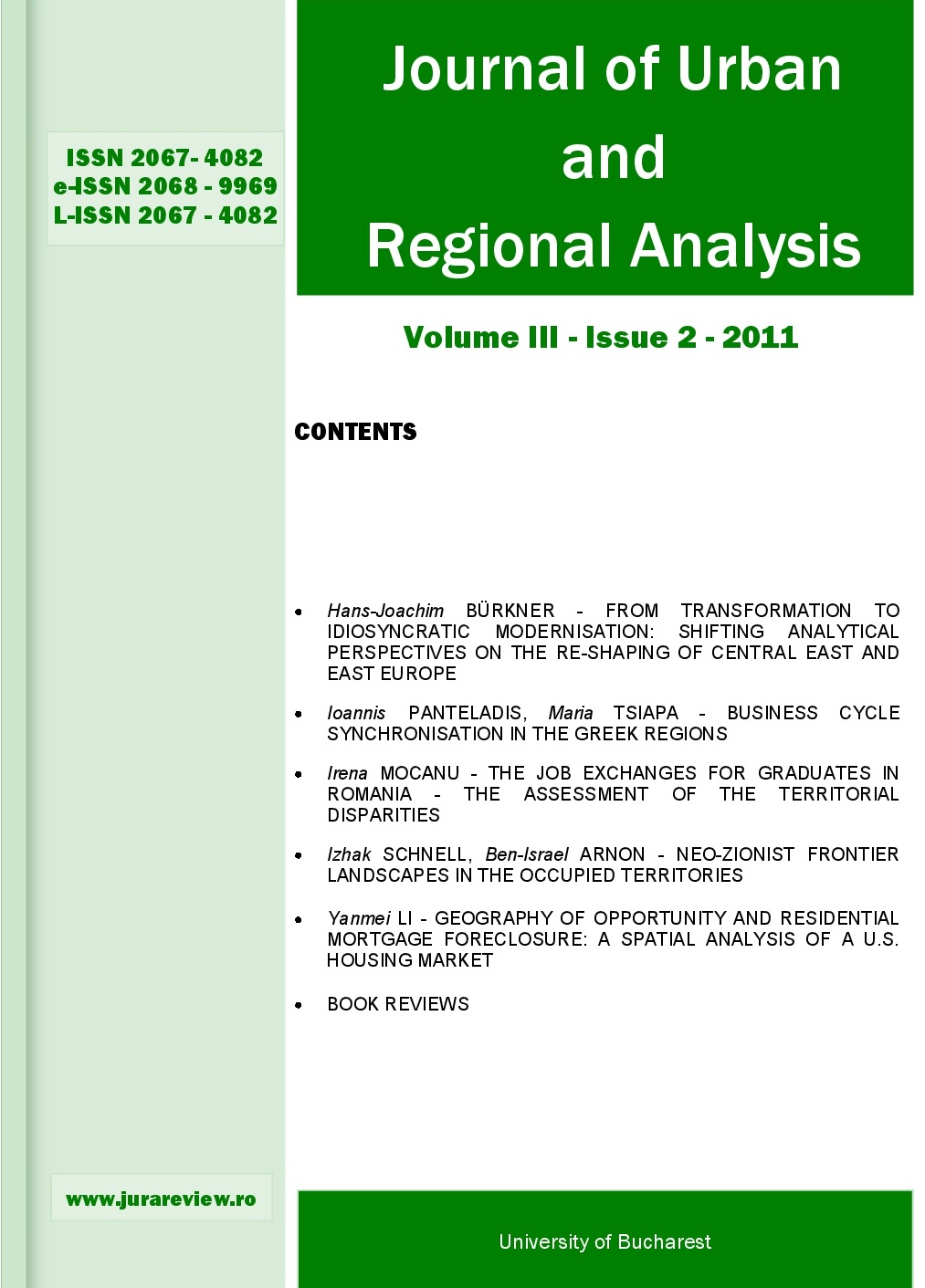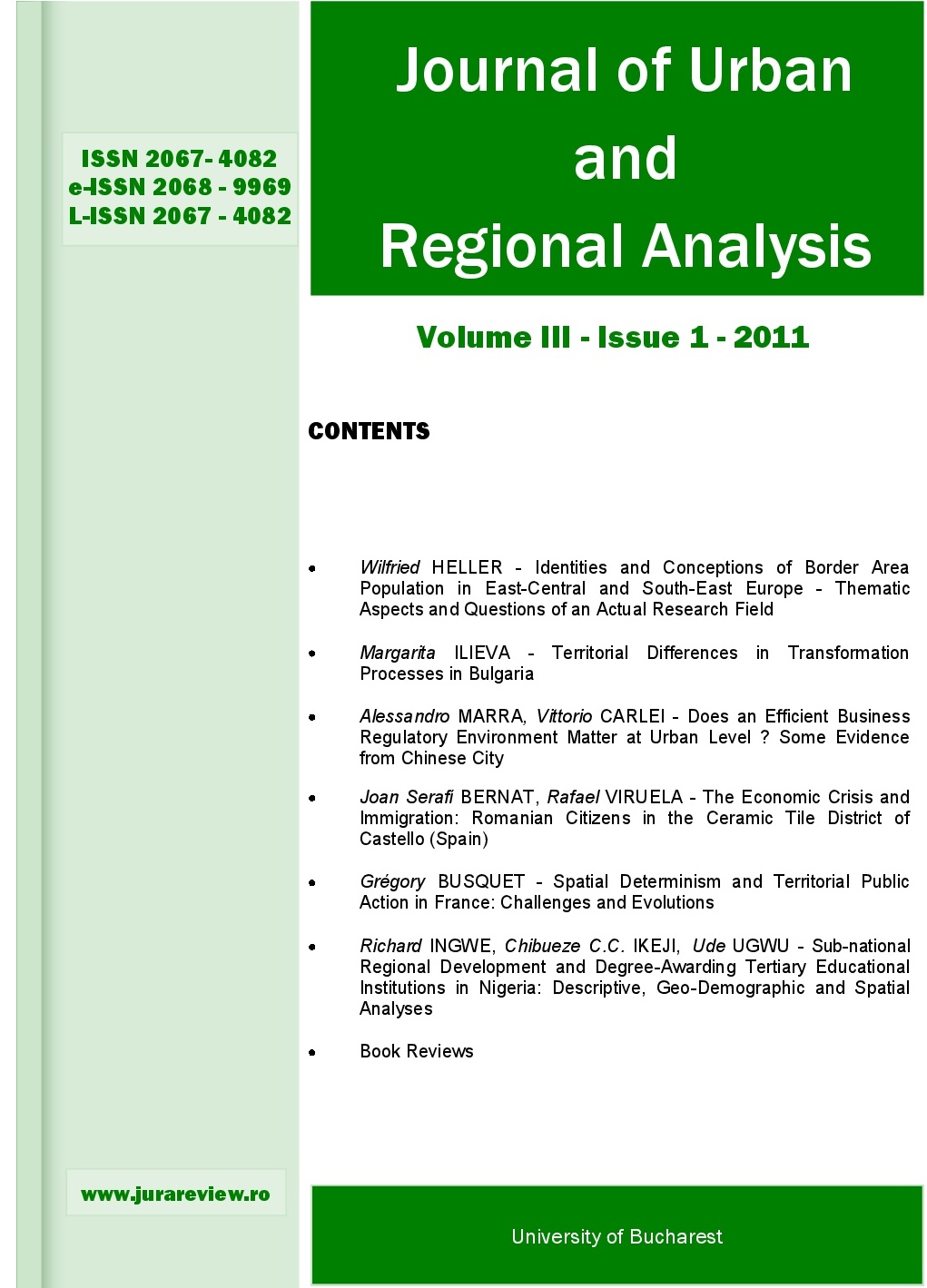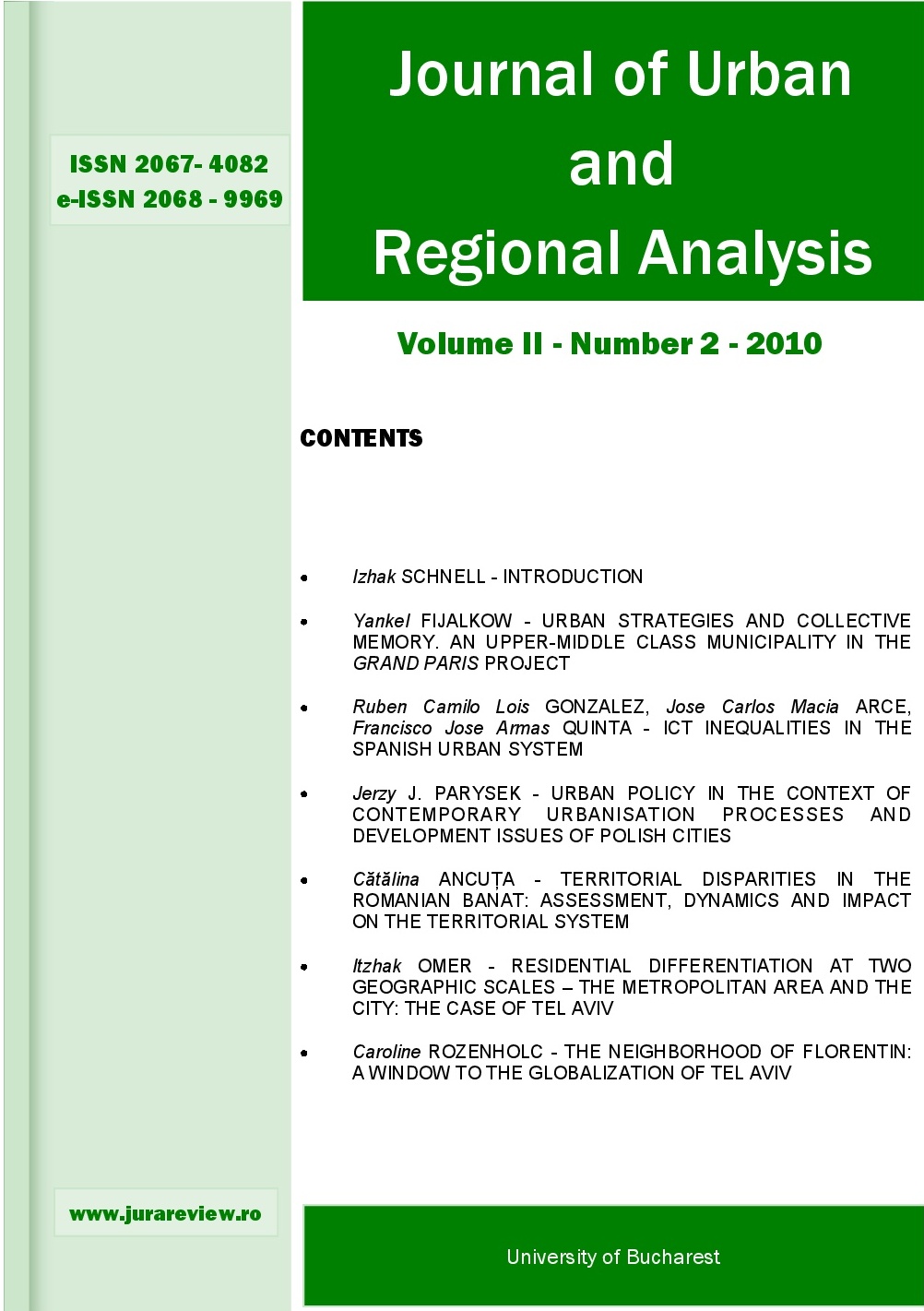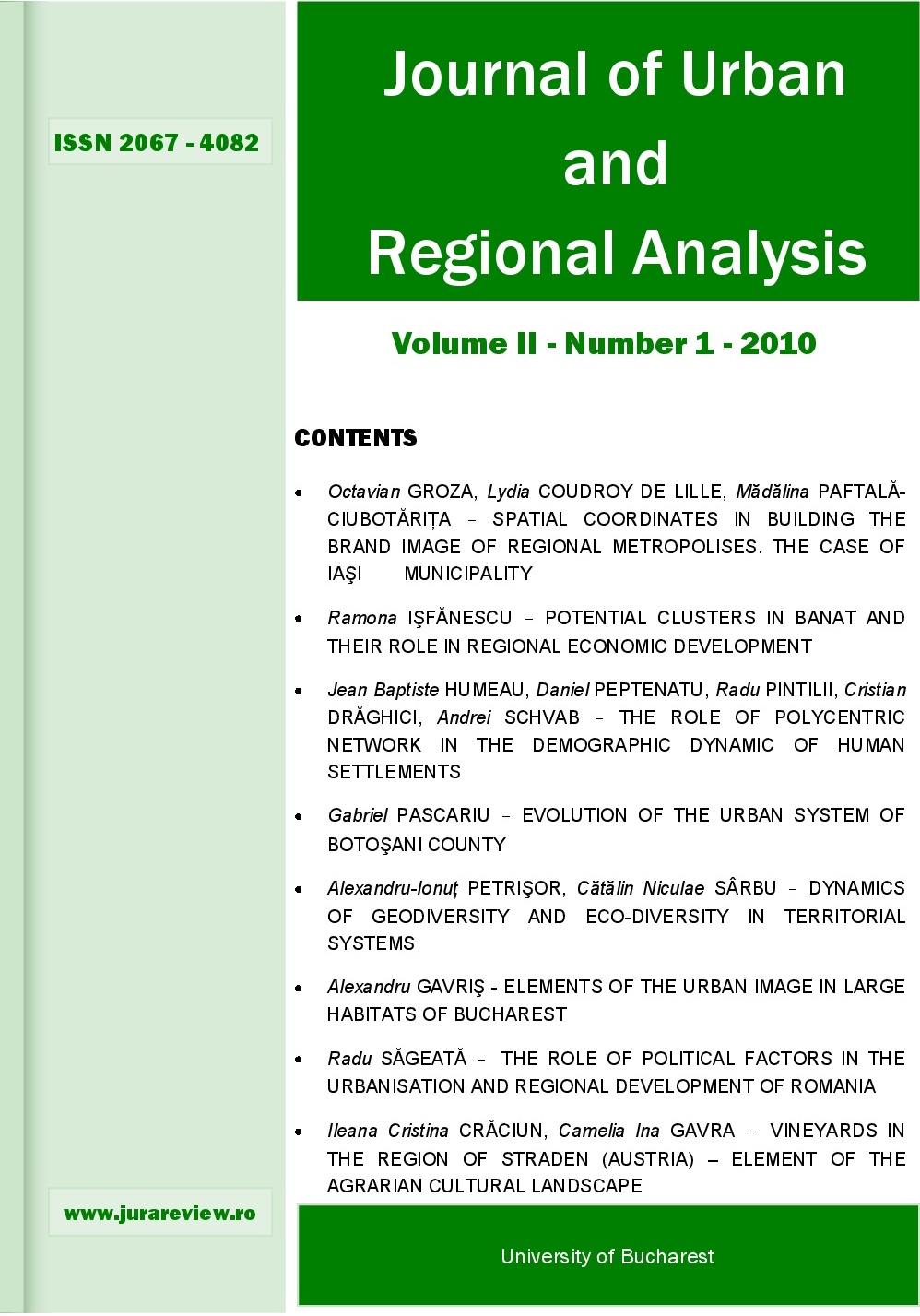Author(s): Radu Săgeată / Language(s): English
Issue: 1/2010
The industrial development policy focusing on heavy industry, mainly the steel and machine-construction branches, was a characteristic feature of the socialist-type political systems of Eastern Europe. Its notable consequence for the system of human settlements translated into forcible urbanisation, but only insofar as quantity was concerned (artificial multiplication of towns and of the town population). As industrial units set up, some villages, functioning as dormitories, would be turned into towns: other would be integrated into the urban administrative territory; on the other hand, some dominantly rural residential districts would be attached to the town and a new type of settlements, connected with the construction of big industrial estates, would be built on empty terrain. As a result, a new type of town-integrated settlements would emerge, but the quality of their urban-type infrastructure falls far below that of traditional centres. Their individual character is marked by a fluctuating evolution, in the majority of cases much closer to countryside, that is, decreasing population and growing vulnerability connected with the units they had been engendered by. Considering the foregoing, we could say that these settlements, now part of the town, represent a distinct, intermediary category between the urban and the rural system and should be designated as such. The state capital determines a specific organisation of the state territory, as materialised in a certain pattern of communication routes and a specific layout of the other urban nuclei with macroterritorial functions. Bucharest’s peripheral position within the national territory calls for the decentralisation of its functions concomitantly with remote regional metropoles becoming more important as spatial structuring nuclei. Bucharest’s high degree of hypertrophy compared to the second city in the urban hierarchy, together with its distinct position within the Romanian urban system, asked for a distinctive organisation of its built-in area as early as the beginning of the 20-th century.
More...
